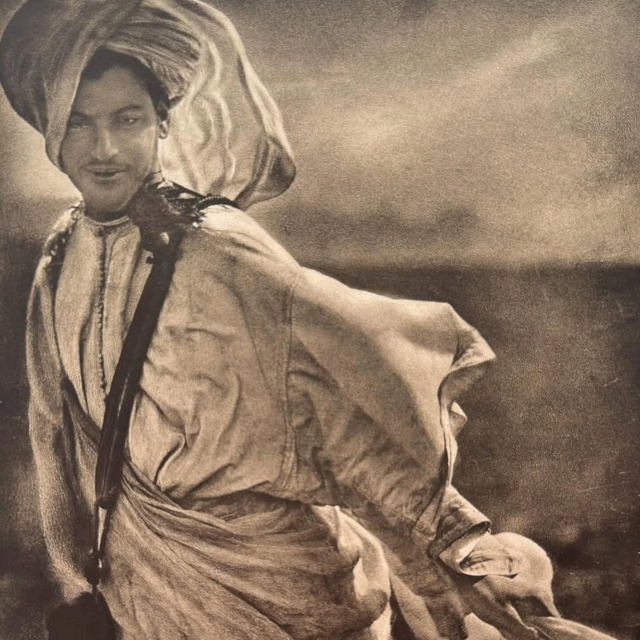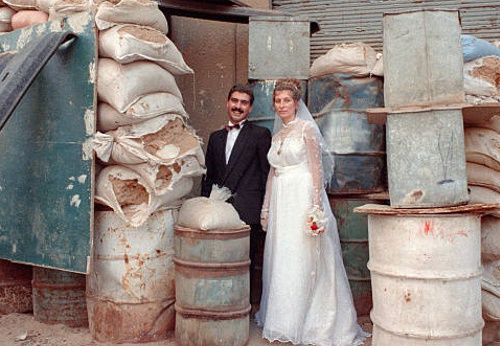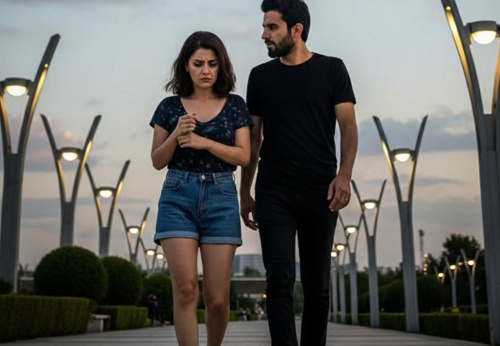Spanish Religious Life a Century Ago
Women, in particular, expressed their religiosity through devotion to the Virgin Mary, church attendance, and participation in charitable activities led by religious organizations. Their role in preserving traditions was vital, ensuring that faith was passed down through generations despite the social and political upheavals of the time. By the early 20th century, Spain remained one of the most Catholic countries in Europe. The Church was not only a religious institution but also a central pillar of Spanish identity. Baptisms, weddings, and funerals were almost always religious, binding every stage of life to Catholic ritual.
Nearly every town had a parish church, and religious symbols—crosses, holy cards, and saints’ images—were common in homes. Priests often held great influence in their communities. In rural villages, where literacy was low, they were among the most educated figures and often mediated disputes or guided local politics. Religious orders—especially the Jesuits, Franciscans, and Dominicans—were crucial in running schools, hospitals, and charities.
August 31, 2025 | 3:05 am




